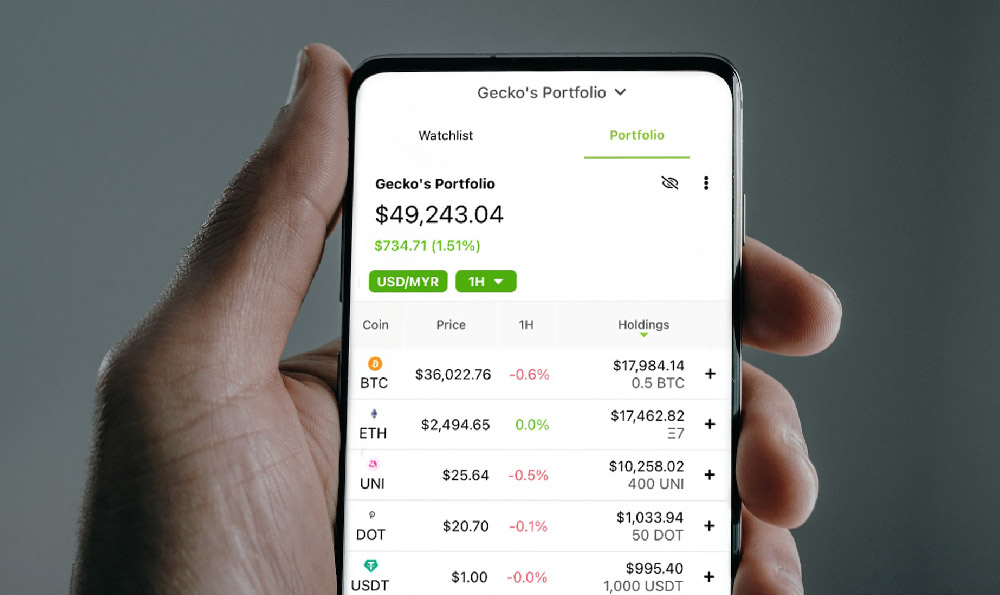
Let's delve into the financial phenomenon that was Squid Game, dissecting its revenue generation and ultimately, its profitability. While concrete, publicly audited numbers remain somewhat elusive, due to Netflix's proprietary data handling, we can utilize publicly available estimates and industry benchmarks to arrive at a reasonably accurate picture.
Squid Game, released in September 2021, rapidly became a global sensation. Its unique blend of social commentary, suspenseful narrative, and visually striking aesthetics propelled it to the top of Netflix's viewership charts in a record-breaking timeframe. This unprecedented popularity translated into significant financial gains for the streaming giant.
Estimates of Squid Game's revenue rely heavily on Netflix's internal metrics, particularly its "Adjusted View Share" (AVS). This metric, while not publicly disclosed in its raw form, is a measure of how much a given title is watched relative to other content on the platform. Independent analysts have attempted to extrapolate revenue figures based on observed subscriber growth, viewing hours, and Netflix's established pricing models.

One widely cited estimate, stemming from internal Netflix documents that were leaked, suggested that Squid Game generated approximately $891 million in what they termed "impact value." This impact value is not strictly revenue in the traditional sense. Instead, it encapsulates a broader assessment of the show's contribution to Netflix's overall ecosystem. This includes factors like new subscriber acquisition, subscriber retention, and heightened brand awareness.
Breaking down this impact value further requires some educated guesswork. Subscriber acquisition played a crucial role. The show attracted new subscribers who were either drawn to the hype surrounding Squid Game or specifically signed up to watch it. Netflix's various subscription tiers mean that the revenue generated per new subscriber varies. Furthermore, churn rates (the rate at which subscribers cancel their subscriptions) affect long-term profitability. Squid Game likely helped reduce churn rates, as existing subscribers remained engaged to watch the series and perhaps explore other content on the platform.
The retention effect is also considerable. Existing subscribers, enthralled by the series, remained subscribed longer than they might have otherwise. This translates into sustained revenue streams. Additionally, Squid Game acted as a powerful marketing tool for Netflix. Its global popularity generated significant media coverage, attracting attention to the platform and its extensive content library. This, in turn, led to increased brand awareness and potentially, future subscriber growth.
Now, let's consider the production costs associated with Squid Game. This is where the story becomes particularly compelling. The series was produced with a relatively modest budget, especially when compared to other high-profile Netflix Originals. Estimates place the production cost at around $21.4 million. This translates to approximately $2.4 million per episode for the nine-episode series.
The stark contrast between the production cost and the estimated revenue highlights the exceptional profitability of Squid Game. The $891 million impact value, set against the $21.4 million production cost, yields a profit margin of approximately 4185%. It's important to reiterate that the $891 million figure isn't pure revenue, but the profit margins are still exceptionally high, even with adjustments for marketing costs and other overhead expenses that are not reflected in initial production cost.
While these numbers are undeniably impressive, it's crucial to acknowledge the inherent limitations of publicly available data. Netflix, as a publicly traded company, reports overall revenue and subscriber growth but does not typically disclose specific revenue figures for individual titles. Therefore, all estimates should be interpreted with a degree of caution.
It's also important to consider the long-term implications of Squid Game's success. Beyond the immediate financial gains, the series has influenced future content strategies at Netflix. The company is likely to invest more heavily in international productions, particularly those with unique cultural perspectives and globally appealing themes. The success of Squid Game also spurred Netflix to develop merchandise, spin-offs, and other related products, further capitalizing on the show's popularity. A reality competition series, "Squid Game: The Challenge," was also produced based on the original series and features the largest cast and largest lump sum cash prize in reality television history. This derivative work highlights the long tail of influence and profitability stemming from the original.
In conclusion, while exact revenue and profit figures remain within Netflix's internal records, available estimates strongly suggest that Squid Game was an extraordinarily profitable venture. Its modest production cost, coupled with its global popularity and subscriber-driven revenue model, resulted in a substantial return on investment for Netflix. Beyond the immediate financial gains, Squid Game has had a lasting impact on the streaming landscape, influencing content strategies, production budgets, and the pursuit of globally resonant narratives. The phenomenon stands as a testament to the power of compelling storytelling and its ability to generate substantial financial returns in the digital age.





